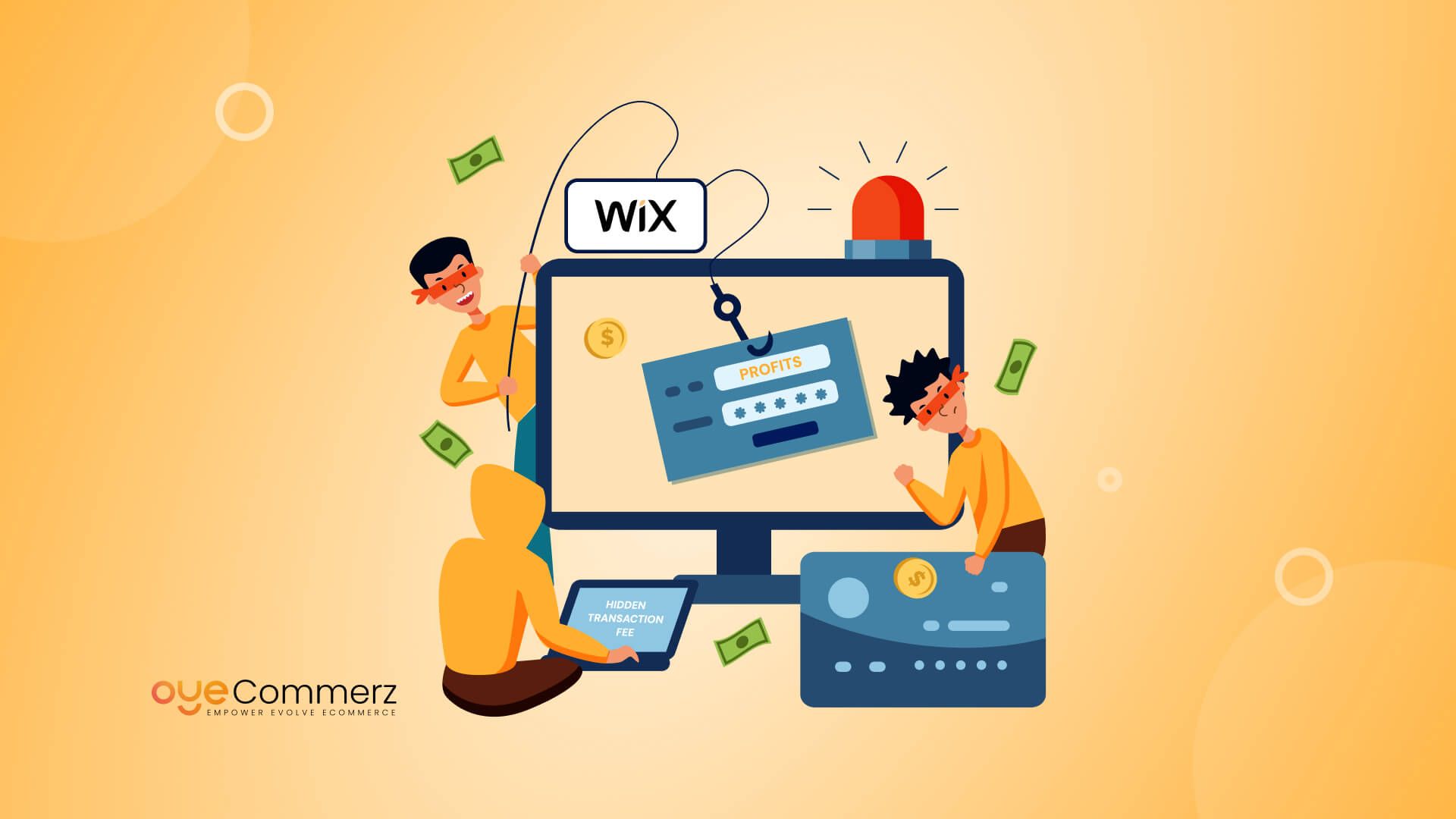In the current digital environment, selecting the right e-commerce platform is essential for business success. If you are currently using Wix but thinking about a move to Shopify, you are in good company. Numerous companies are migrating to Shopify to leverage its powerful features, scalability, and specialized e-commerce tools. This article will walk you through the transition process, guaranteeing a seamless transition and preparing you for e-commerce achievement.
Why Switch from Wix to Shopify?
Before diving into the migration process, it's important to recognize why Shopify might be a superior fit for your e-commerce requirements:
- Specialization: In contrast to Wix, which serves multiple website types, Shopify is engineered exclusively for e-commerce, offering sophisticated features and features tailored for digital commerce.
- Scalability: As your business expands, Shopify can easily handle increased traffic and sales capacity without compromising performance.
- Extensive App Library: Shopify provides a vast library of apps that can enhance your store's functionality, from marketing tools to inventory management solutions.
- Search Engine Optimization: Shopify offers better SEO options, which can assist in boosting your store’s visibility on search engines.
- Transaction Methods: With numerous transaction platforms available, including Shopify Payments, you can offer shoppers a variety of options.
Getting Ready for Transition
To ensure a trouble-free migration from Wix to Shopify, adhere to these preparation guidelines:
1. Save Your Information
Export all your information from Wix, including item information, user data, and order history. This step is crucial as it guarantees you have a copy of everything before initiating the migration.
2. Select a Pricing Option
Evaluate the various Shopify subscriptions offered and select one that aligns with your company’s needs. Consider factors such as costs, built-in tools, and growth potential.
3. Create Your Shopify Profile
Register your Shopify profile and familiarize yourself with the platform’s interface and tools.
The Migration Process
Now that you are ready, it’s time to migrate your store from Wix to Shopify. Here’s how:
1. Import Products
Utilize Shopify's built-in import tool or external migration apps like Cart2Cart or LitExtension to transfer your items from Wix to Shopify.
Make sure that product descriptions, images, prices, and options are accurately imported.
2. Migrate Client Information
Import customer information such as user names and contact info into your new Shopify store. This step is critical for retaining customer relationships and marketing efforts.
3. Configure Transactions
Set up transaction methods in your Shopify store to guarantee smooth payments. You can choose from multiple platforms like debit methods, PayPal, and others.
4. Customize Your Store Design
Choose a theme that aligns with your brand identity. Customize it using Shopify's design tools to create an appealing and user-friendly store layout.
5. SEO Optimization
Implement SEO best practices during the transition process:
- Set up 301 redirects from old Wix URLs to new Shopify URLs.
- Optimize item names, details, and photos with targeted search terms.
- Modify Payment gateways meta tags and alt texts for improved search engine visibility.
Post-Migration Steps
Once your store is active on Shopify, consider these follow-up steps:
1. Check Your Website
Conduct comprehensive testing of your new store:
- Check product pages for correctness.
- Test transaction methods.
- Make sure all hyperlinks work correctly.
2. Launch Marketing Campaigns
Broadcast your new store launch through newsletters and social platforms.
Think about running special offers or discounts to draw customers.
3. Monitor Performance
Use analytics tools within Shopify to monitor revenue growth and customer behavior.
Adjust your strategies based on performance analytics.
Conclusion
Migrating from Wix to Shopify can significantly enhance Traffic management your e-commerce potential and lay the foundation for growth and achievement. By adhering to this manual and taking a systematic approach to the migration process, you can guarantee a seamless move that reduces downtime and maximizes opportunities for sales. Embrace the change and watch your online store thrive on its new platform!
